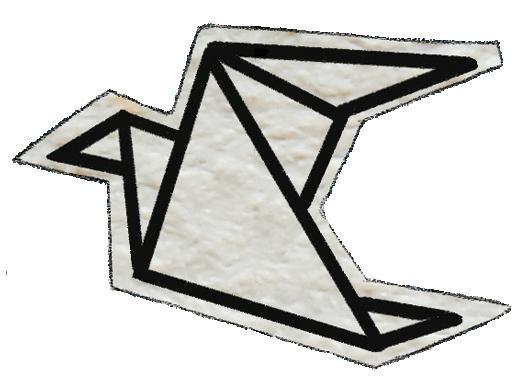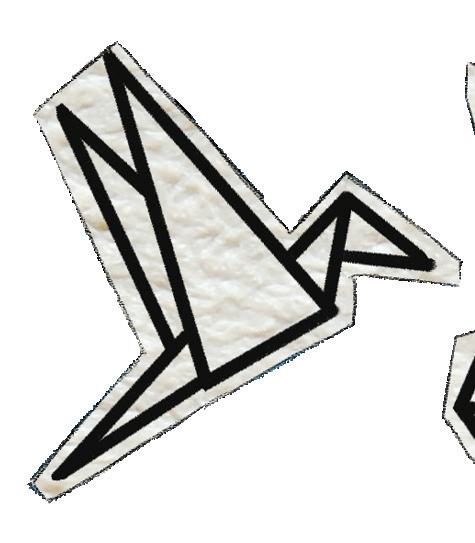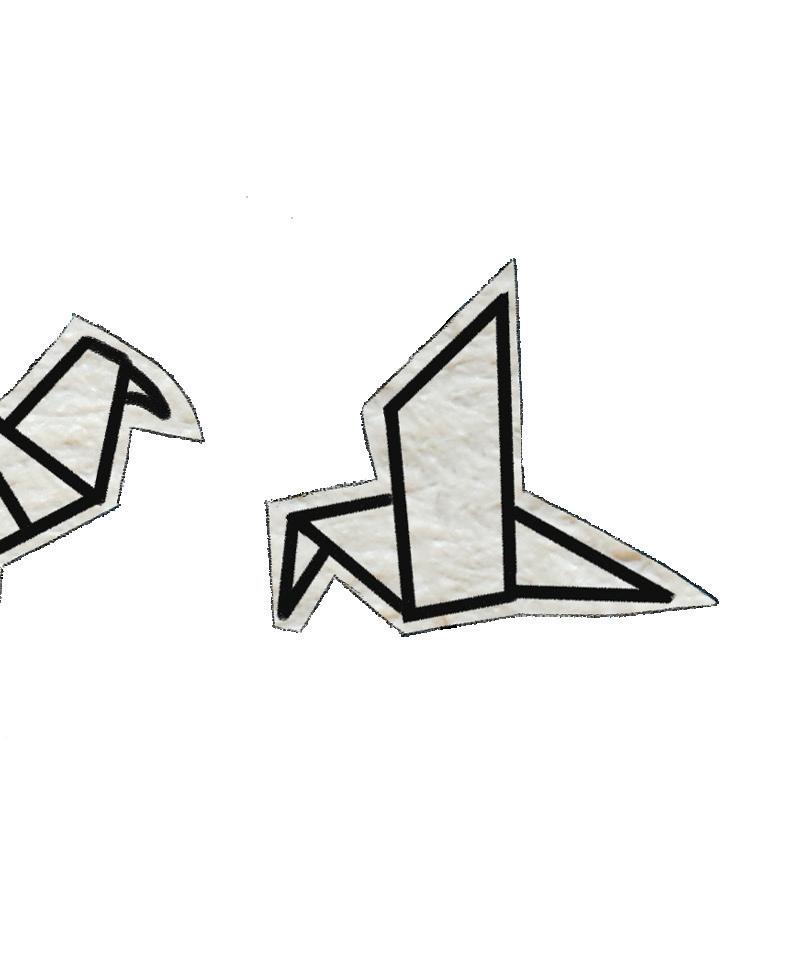
5 minute read
To Consider What Nature Reveals
By Katelynn Adams
While not everyone is able to gather profound meaning by observing nature, Henry Thoreau attained equilibrium in his observations of just that and shared his experiences with the world. Born post-American Revolution, Henry David Thoreau, an essayist, philosopher and naturalist, maintained a simplistic view of life that allowed him develop a close bond with nature. This closeness in turn allowed him to obtain meaning in the everyday functionality present in nature. Thoreau illustrates such meaning in his essay “The Battle of the Ants,” which parallels the relentless war of ants to that of the more recorded wars between humans and uses this comparison to highlight the repercussions; at the same time, it prompts the reader to open their mind to the influence of nature. In the guise of a seemingly straightforward insight of an ant battle, Thoreau delves into what meaning can be inferred from nature and what new perspectives are out there, awaiting to be realized.
Advertisement
Immediately and throughout the piece, the use of historical allusion is prevalent, although Thoreau’s uses are subtler than they initially appear. An example of such subtleness is seen when the author describes the ants as “Myrmidons” (Thoreau 725). For those learned in Greek mythology, this description is recognized as both soldiers and ant-people. While this description is entertaining at first, it begins to fulfill a deeper meaning when taken into consideration alongside the implication that Myrmidons are often associated with single-minded soldiers tasked with completing a given objective. The reader is left to consider this representation when, later, Thoreau provides a view of the ants akin to humans. Another allusion is perceived when Thoreau introduces a second red ant into the scrimmage and he writes, “perchance he was some Achilles…come to avenge or rescue his Patroclus” (726). Both allusions affirm a story-like aspect to what could be viewed as a mundane and uneventful struggle within nature. Furthermore, the allusions aid in supplying the reader with the entertainment needed to hold their attention, while at the same time laying the groundwork for the deeper meaning of perspective the author wishes to convey.
In the same way that allusion provides a grasp upon which to comprehend the author’s meaning, so too does the meticulous imagery engage the reader and provoke thought. Even before it is acknowledged by the author, the reader would find it difficult not to notice any similarities between the black and red warrior ants described and human soldiers. In the description, “there came along a single red ant…evidently full of excitement” (725-726), Thoreau provides a nexus between insect and human, between the reader and the ant. Attributing an excitement for an impending confrontation leads the reader to imagine the ant, but in a human light. Along with the perceived excitement of the ant, Thoreau himself admits that “[he] was excited somewhat even as if they had been men” (726). He is thrilled and at the same time distressed by the scene as if he has witnessed a human battle. One cannot help but wonder: if he had actually witnessed such a thing, would he have felt those same emotions on a grander scale. Thoreau helps readers relate and through relation readers begin to think, to take into consideration something other than their immediate surroundings or furthermore, to stop and open their minds to their surroundings.
In addition, the overarching symbolism Thoreau implements is seen in a multitude of forms. One instance of this significance is at the end of the deadly brawl when the black ant alights victorious Thoreau writes, “whether he finally survived that combat…I do not know; but I thought that his industry would not be worth much thereafter” (727). Strikingly, the reader can be led to visualize an injured veteran post war, who has been left crippled and no longer able to fight. This brings up the questions: what happens to the injured ants? And for that matter, what happens to veterans after they have fought in the name of freedom? Thoreau admits that he himself does not know the outcome of the war he witnessed (727) or to a finer point, the fate of the lone black ant; therefore, his impartiality could be comparable to the leaders of war. Surely, they care for the outcome of their battles, but it is easily attestable that they do not care for those that execute their commands for violence. In other words, it could be argued that Thoreau was intentional in his depiction of the surviving black ant, and that through that depiction the reader is urged to consider the triumphant scene in the more personal context of an injured human.
Indeed, to continue this personal connection Thoreau aims to make involves considering the time in which this piece was written. In writing post-American Revolution, the author gauges the connection with war and those who have experienced it. Therefore, while the author was not alive during this wartime, some of his audience at that present time assuredly had experience with or had been an onlooker to war. This makes it all the more intriguing when Thoreau provides a perspective that even he was not as observant after only initially witnessing two ants in the struggle for life, as he puts it, “I was surprised to find that the chips were covered with such combatants, that it was not a duellum, but a bellum” not a duel, but a war (725). A war that he walked in and upon and was a witness to was a lifealtering event for these ants. Thoreau describes it as an “internecine war,” destructive on both sides, so the negative aspects are highlighted and not glorified outright, even perhaps when the author mentions not only the sight, but how soundless this exchange was as opposed to the wars of humans (725). This soundlessness of ant war can be interpreted as having no lasting reverberations, unlike the wars of humans. An ant war has no significance to humans, but very likely the opposite is true in reverse. Human wars are loud, ant wars are soundless. The implications are admittedly heavy, and once again show the perspective nature provides when detail is accounted for.
With those elements in mind then, the text as a whole can be surmised to explore how war, in its many forms, pervades history. Perhaps it even suggests how humans partake in similar actions as those of insects in order to ask the question: how can a species with a developed mind still fall prey to such barbarity? Is it to show how war is unavoidable or that humans need to rise above this base instinct and finally achieve a semblance of peace within the species? Thoreau suggests that war takes a multitude of forms and can be implemented for a number of reasons, but that perhaps what can be learned from this particular ant war is that they revert to war for survival, which in turn makes one question our reasons for our savageness.
In sum, Thoreau presents an ant war at face value and leaves it up to the reader to deduce the implications he has strewn throughout. His goal to provide observations to readers with the aim of presenting a perspective that may not have occurred to them, is presented in the piece through a multitude of instances. Layers have been unfolded, but more can be pressed out. Through the techniques of allusion, imagery, symbolism and a persistent audience connection the meaning can be subtly hidden within an unassuming work and left to the reader to decode for themselves what only they can learn.
Works Cited
Thoreau, Henry David. “The Battle of the Ants.” The Norton Reader: An Anthology of Nonfiction, edited by Melissa A. Goldthwaite et al., 15th ed., W.W. Norton, 2020, pp. 725-27.










